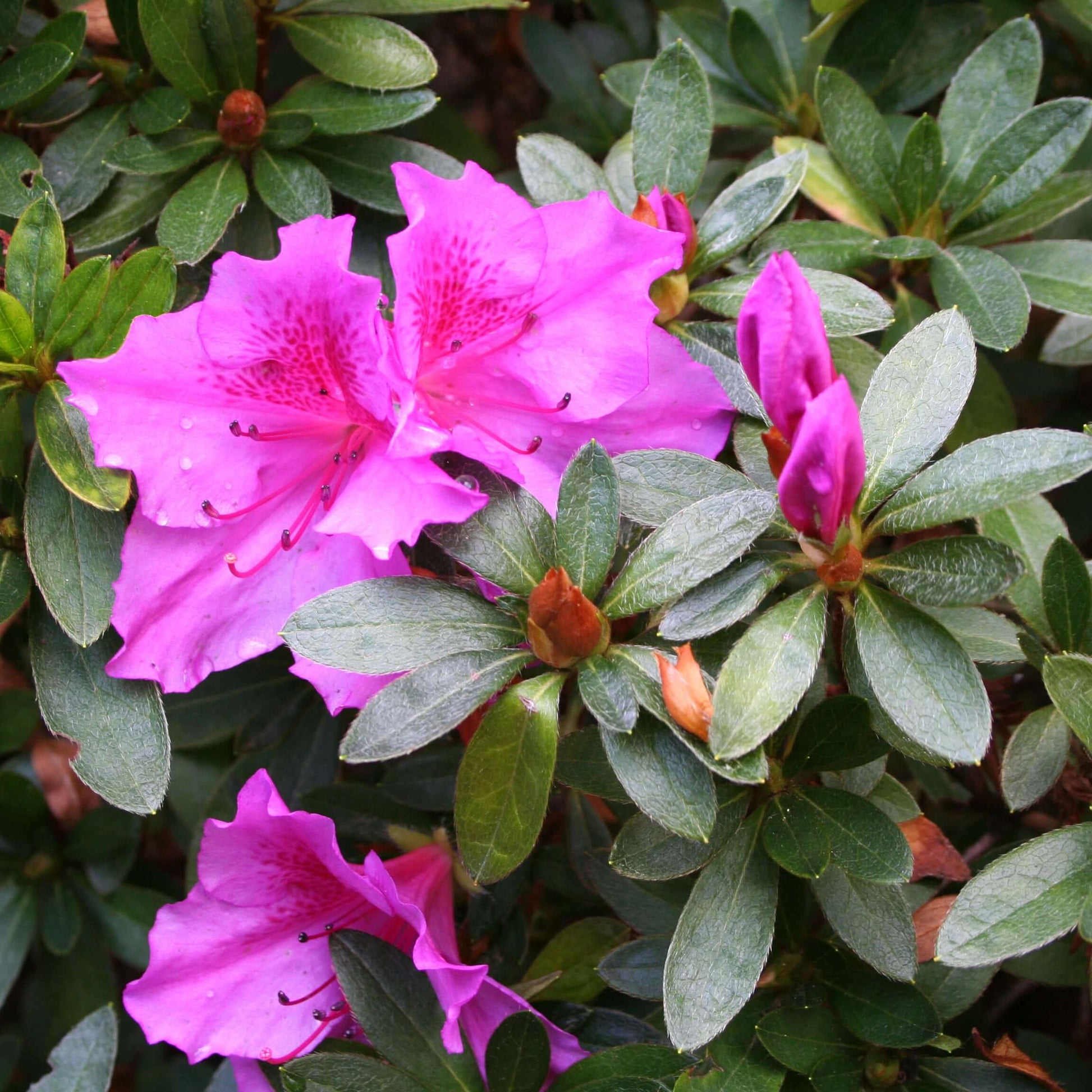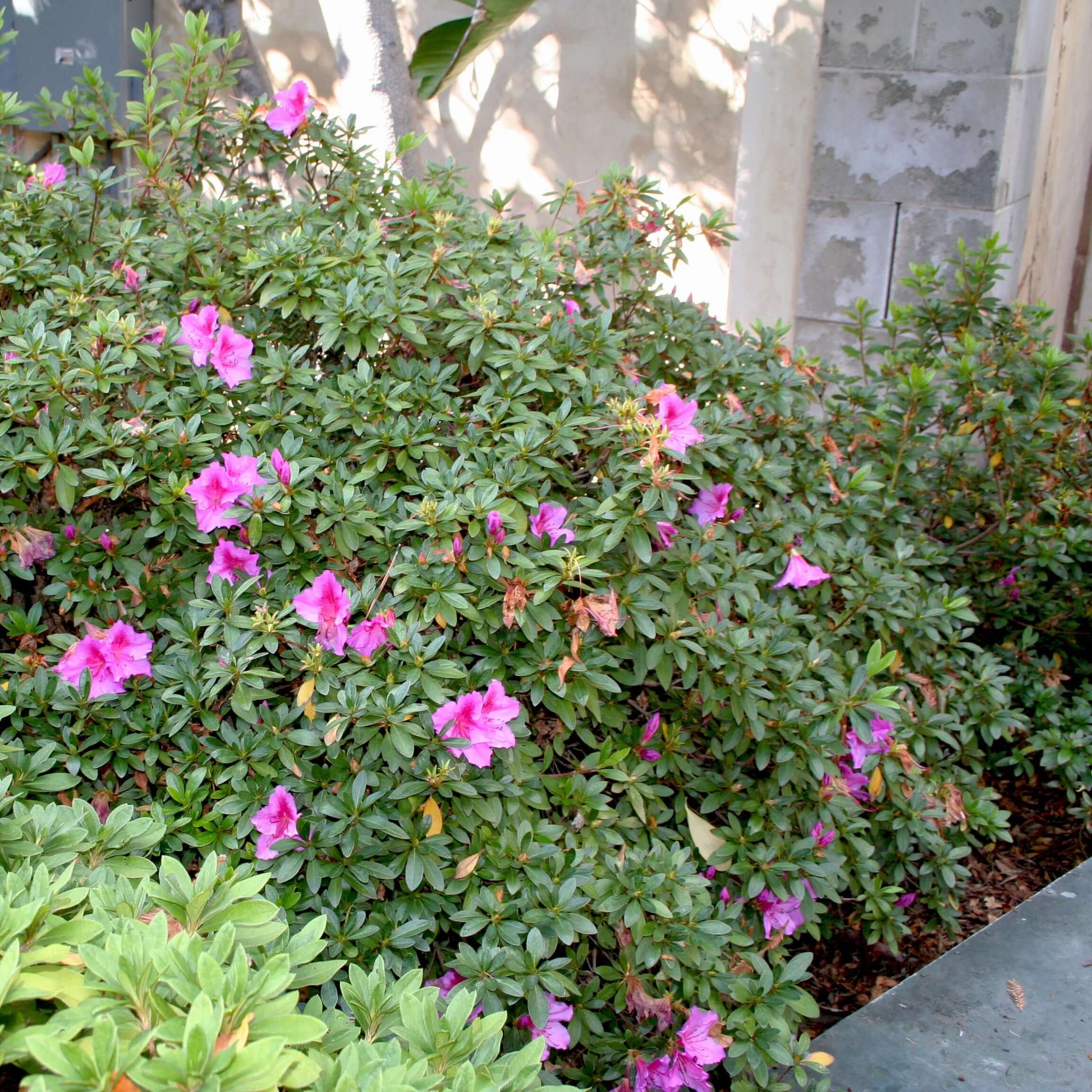
Azalea 'Formosa'
Azalea 'Formosa' ('Coccinea')('Phoenicia')('Vanessa')
Delivery
24-hour money-back guarantee
Free delivery on orders over $349
Big Project? Call 888-444-1126 for bulk rates!
If you're looking for a plant that will add some stunning color and beauty to your garden or landscape, look no further than Azalea 'Formosa'. This amazing plant features large, showy blooms of deep lavender-pink , and will add a burst of color to your outdoor space. Whether you're looking for a statement plant for your garden, or a beautiful accent piece for your patio or deck, Azalea 'Formosa' is sure to impress.
Azalea 'Formosa' is one of the best sun and heat-tolerant Southern Indica Azaleas. This stunning plant features 3-inch large, funnel-shaped flowers in spring that are a vibrant rosy-lavender color with a blotch of darker magenta on the petals. Also known as 'Coccinea' or 'Phoenicia', Formosa Azalea is a lush, evergreen shrub with medium-green leaves that provide the perfect backdrop for its stunning blooms.
‘Formosa' is a great choice for adding a pop of color to your garden. Use this flowering shrub as an accent plant in your garden or as an informal hedge, privacy screen, or in groups for a dramatic show of color. It's also a great choice for containers in patios or courtyards. Azalea ‘Formosa’ also attracts birds and butterflies to your yard and is perfect for a variety of garden designs.
Azalea 'Formosa' is a flowering shrub that is easy to grow and is sure to be a stunning addition to any garden or landscape. With its beautiful blooms and lush evergreen foliage, it's the perfect choice for anyone looking to add beauty to their outdoor space. So why wait? Buy Azalea 'Formosa' today and start enjoying the beauty of this amazing plant in your garden.
What size will Azalea ‘Formosa’ reach in my garden?
How much light does Azalea ‘Formosa’ need?
What kind of soil and pH does it prefer?
When and how should it be pruned?
6-15 ft.
6-8 ft.
Moderate
Birds, Butterflies
Perfect Your Landscape With Expert Help
Customize your yard with confidence. Schedule your free consultation today and bring your outdoor space to life!

